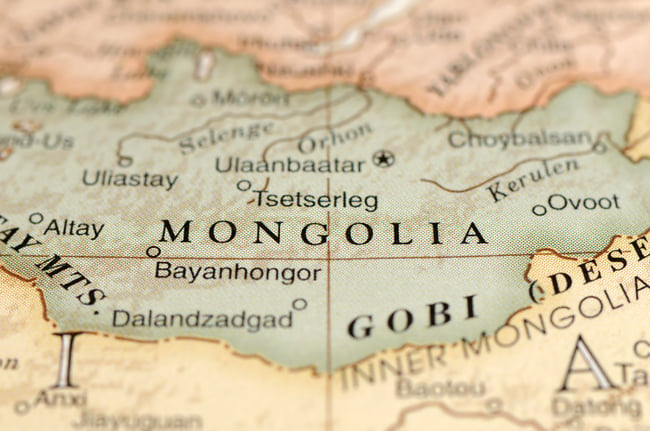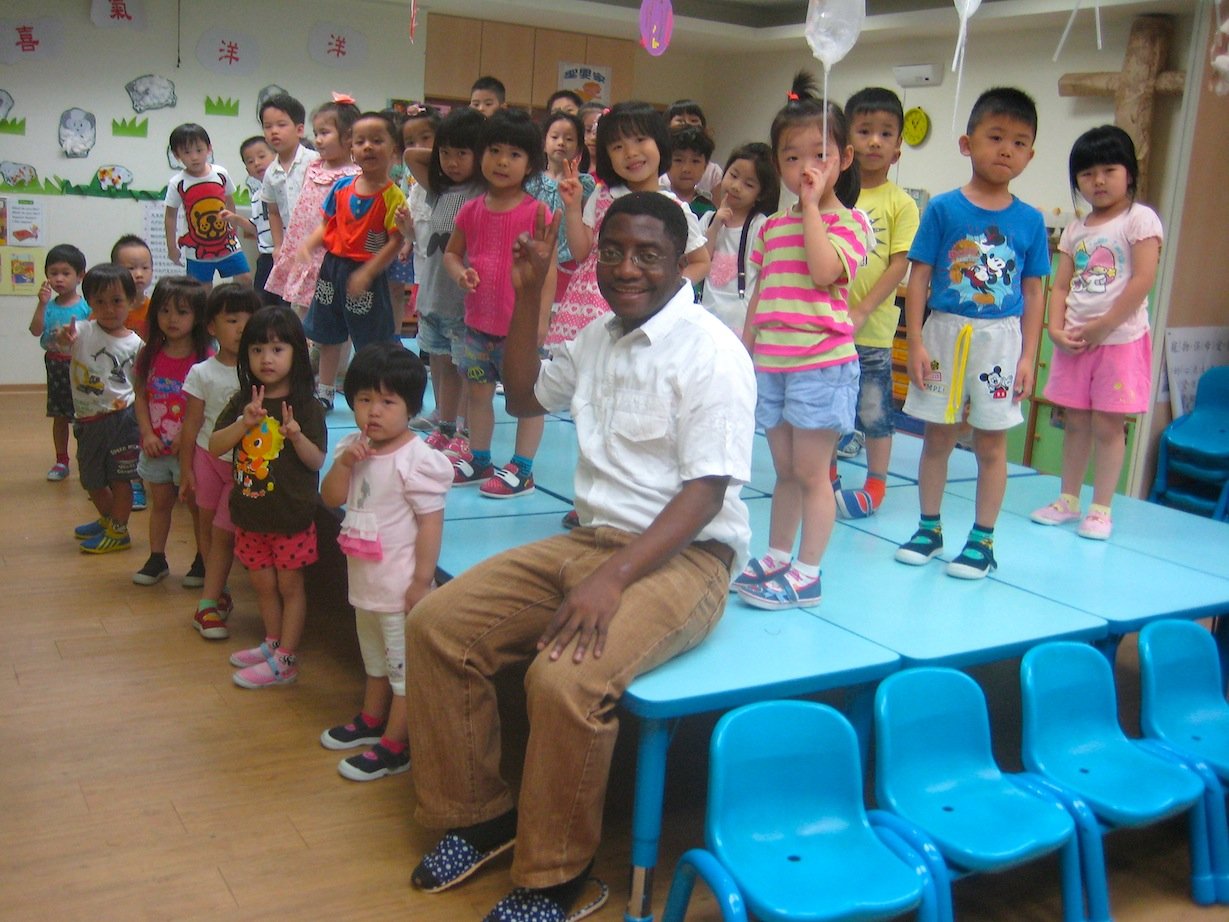
Imagine being a missionary in the cold, northern country of Mongolia where the Catholic faith has not stepped foot in hundreds of years.
The land where the warlike Genghis Khan led the Moguls is as rough as its forbearers. With long, cold winters where the weather sometimes drops below negative 22 degrees Fahrenheit, it is not a climate that is easy for foreigners to adjust to – especially for someone who was born in the Philippines. Yet, the Philippine-born Father Wenceslao Padilla (now the Bishop of Mongolia) and two other priests courageously moved to Mongolia after it shook off Communism in 1990 and opened its doors to religion in 1992.
Initially, none of these Missionhurst missionaries knew the Mongolian language and none of the native peoples knew English. There were no Catholic liturgical texts printed in the Mongolian language. There were no native Catholics at all.
Reaching kids in the sewers and among nomadic herders
What they saw was shocking.
There was extreme poverty, hundreds of homeless children living in the sewers of the capital city, and an extremely high rate of alcoholism and domestic abuse. A large population lives as nomadic herders, trying desperately to avoid starvation by tending to their waning herds. This nomadic culture made efforts for financial support, education and medical access difficult for the developing government – as well as the missionaries.
The priests held Mass in parlors, living rooms and apartments. The rolled up their sleeves and rushed in to help their new neighbors in as many ways as they could.
They started two centers for street kids who lived in the sewers, and now run two Montessori kindergartens, a home for elderly men, English classes, soup kitchens, two farms, a retreat center, a care center for 120 disabled children and support a technical school. They have also established a Women’s Project program to give women opportunities to make an income by selling their sewing and embroidery artwork.
Meanwhile, the missionaries also offer programs to combat alcoholism, physical abuse, anger management and offer classes to help people gain skills in order to start their own businesses.
A fruitful harvest from a frozen land
As you can imagine, this is a lot of work for a small band of missionaries but their love for the Mongolians quickly attracted followers to the Church.
Consequently, the acceptance of Catholicism in Mongolia has blossomed in this cold frontier. Within four short years, Fr. Padilla and his 150 parishioners dedicated the first Catholic Church in Mongolian history.
The growth continued exponentially. In 2003, the Cathedral of Sts. Peter and Paul was dedicated in the country’s capital city, Ulan Bator. Its 600-seat cathedral is shaped like a traditional “ger” with its circular tent shape and walls of thick felt.
There are now more than 1000 Catholics in Mongolia and more than 80 religious priests and sisters from 12 congregations. They estimate that 20-50 new Catholics join the church each year. There are now four Catholic parishes and six other locations.
There are also two native Mongolians who have entered the seminary to become priests. Having native Mongolian priests would overcome a huge bureaucratic hurdle for the Catholic Church in Mongolia. According to the laws of the Republic of Mongolia, only a Mongolian citizen can own land or run a religious organization.
Even though Catholicism in Mongolia faces tight restrictions from the government, cultural barriers and financial constraints, the Missionhurst missionaries are delighted at the number of people that God has brought into the Church in the short time that they have been there.
They love the Mongolian people dearly and know that God will continue to bless their work in Mongolia if they continue to warm the hearts of the people, ministering the loving presence of Jesus in this frozen land.
The palpable love of Christ is a universally understood language. And, with the help of the Holy Spirit, it bears undeniable fruit!
Interested in learning more about how you can support our work in Mongolia?








